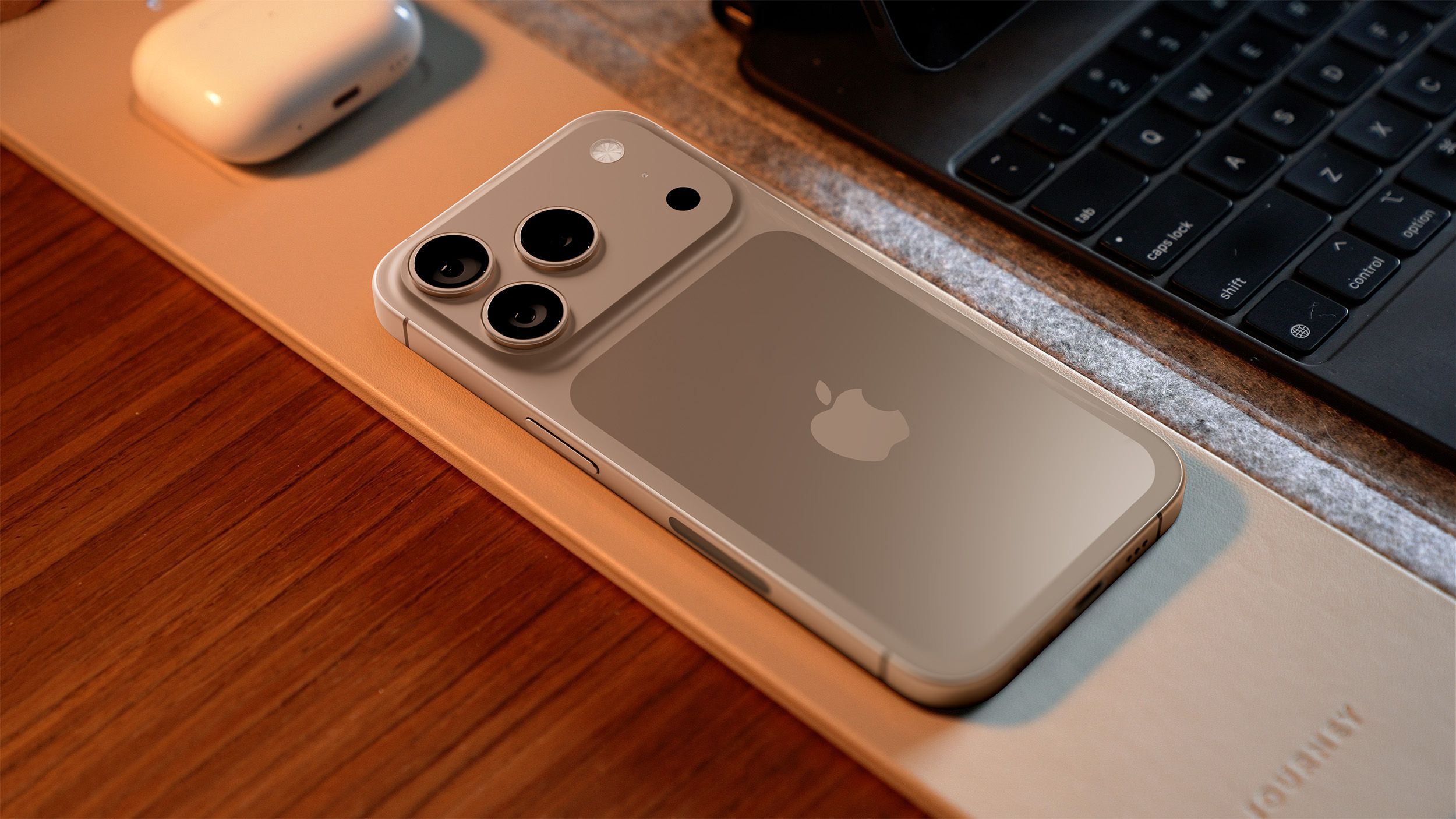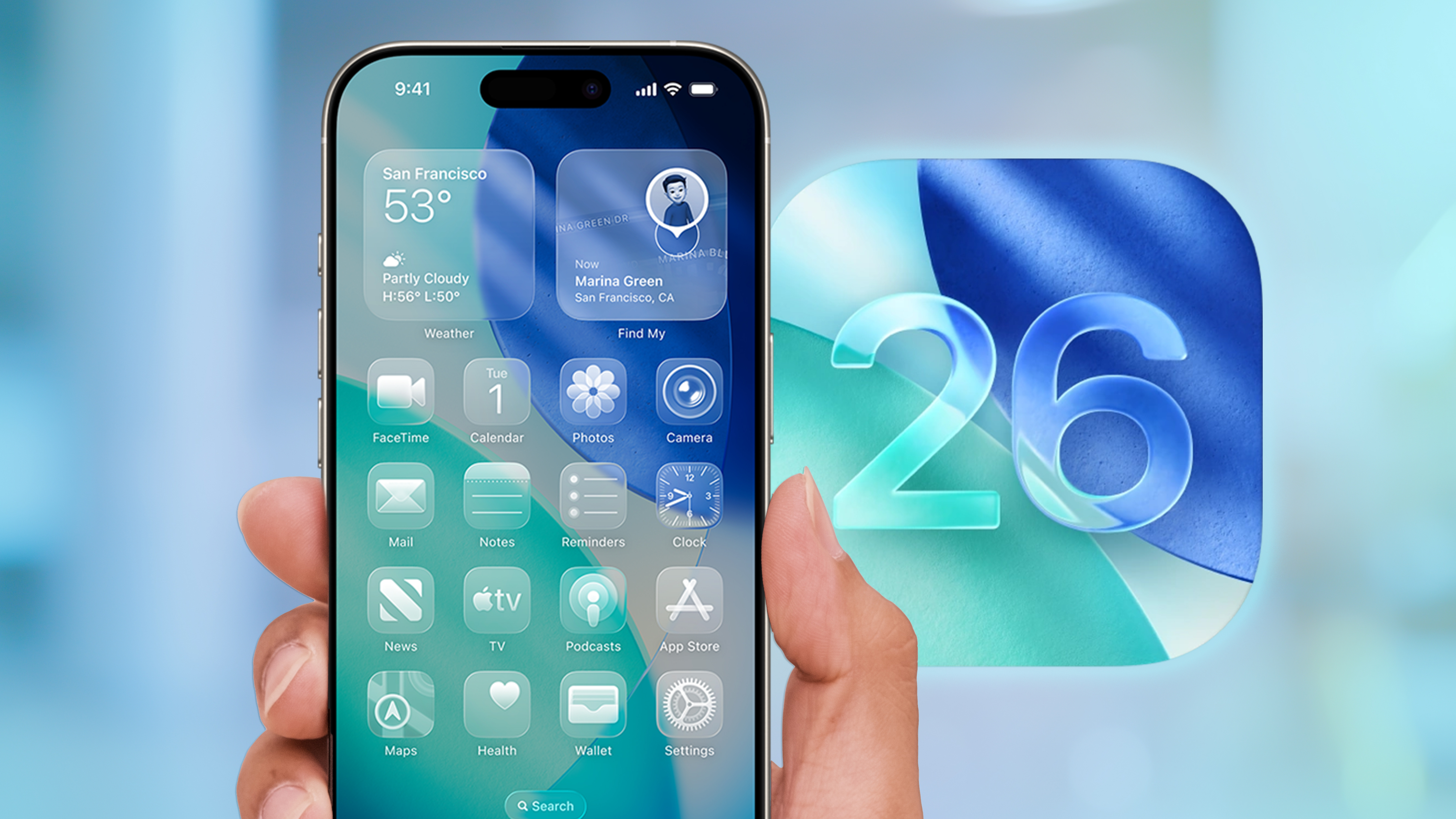When you buy through links on our articles, future and its syndication partners can earn a committee.
Adb Boot Bootloader restart. | Credit: Jerry Hildenbrand / Android Central
July 2025 marks the 20th birthday of Google Die Android, Inc. Buy the people behind danger and the sidekick. It started as an operating system and software tool for digital cameras, but someone at Google had larger plans. You can read the official Google timeline here if you are interested.
It is nice to talk about all the improvements and functions that Android made in what I think that the most versatile and best computer operating system is used today. And there were many! Google changed Android to meet the requirements of the consumer as quickly as our taste changed, and tried to retain hardware partners. Every year was something new and different until the current day, where Android established itself in a refined operating system.
Android & Chill

Android Central Mascot
Android & Chill, one of the longest -running columns of the web, is your Saturday discussion about Android, Google and All Things Tech.
However, the journey was not just about Google. Because of his Linux basis, Android had a supporters of millions of hardcore nerds that could not leave well enough alone. I was one of them and I know that many of you were.
I would like to make our ideas great because we were not afraid of breaking things – especially things that were already broken.
Hacking the first Android phone

Credit: Jerry Hildenbrand
You didn’t really have to hack the T-Mobile G1 because it was sent with the possibility of gaining access to a rootshell (a term to describe raised privileges and do everything on the Android control system) directly from the box. Telnetd was your friend and many think it was not an accident that it was so shipping.
In both cases it was very different from every phone sent today and I don’t mean the glorious form factor. The ability to force the system to make your bids meant that nothing seemed impossible.
Around that time, people realized how they could “better” Android via custom software. One of the beautiful parts of Android is that the basic open source is, so you can download the code, change it in any way you want and can flash it on a working phone again. And we did exactly that.
People like Steve Kondik and his cyanogenmod adapted Android Rom were legends who could take what we had and make it better, stronger and faster. The barn door was open and nobody could get the horses back in.
I will not lie – I broke more than a few of those early Android phones because I felt that I could make them better. Many of you did that too. It was fun like hell.
Carriers stood in the way

Credit: Android Central
The dirtiest word in Android around 2010 was Verizon, but all carriers really tried to ruin the pleasure. You need a courier so that your phone works, the courier needs you so that it can survive as a company, but nobody needed a number of telephones that act and crash a telco network.
That is exactly what some carrier -execs afraid would happen if users were able to do everything they enjoyed with the software that fed their phones. Many people say that telephones are locked up, so that carriers could earn more money from holding packages, but personal correspondence tells me that a million “hackers” who crash a national network was a real concern.
Regardless of the reason, carriers collaborated with telephone makers to lock up their phones and to strip all admin privileges of the software. No more Sudo this or Sudo that, you should take what you have and like it.
We didn’t do that. We still don’t. We Must not. What some do not understand is that the Linux -based authorization model was still fully intact, and if you could find a way to crack it, you could root your phone. It was not trivial or easy and was especially difficult for many telephones. However, it was easy for some; I rooted the HTC hero The first night I had it by spamming the system until it had no idea what to do and gave up.
Many people found out how they could root the different Samsung, Motorola and HTC phones that you could buy, and most were not afraid to share how they did it. But the real power was in what was called an adapted ROM, and for that you had to crack the bootloader.

Credit: Jerry Hildenbrand / Android Central
So we cracked the boot loaders. The Android boot loader is also open source, and adding a few lines in the right place means that you can load the software configuration that makes a root-shell of easily accessible condition possible. It also means that you can load a completely different operating system, called a modified ROM.
I am happy to remember Motoblur on my Samsung telephones, Running TouchWiz on my Motorola telephones, HTC-Sense perform everything and ultimately strip everything away from them to replace it with Plain-Jane Stock Vanilla Android built from source code.
Of course I also remember that it doesn’t work often and even more brick phones. Good that telephones were not $ 1,000 at that time.
In retaliation, carriers started adding a coding layer to the Bootloader. In theory you cannot change the bootloader without the correct coding key, so this should put an end to those rogue boys and girls who wanted to build cyber robot phones and crash networks Willy-Nilly.
Unfortunately it did a lot. An encrypted boot loader is a very heavy nut to crack, and there are telephones from years ago that have still not been broken into. Some will never be. However, other methods have been found, and if you really wanted to load a modified ROM on your Galaxy S5, you could. Even the Verizon model. So we did.
The real question: why?

Credit: Jerry Hildenbrand
You like the idea of rooting and messing around your Android phone, or you have no idea why someone would press. That’s fine and Dandy in 2025 because Android usually “just works” in all the ways we want and need to work. Things were not like that.
It was common for a telephone to send without the advertised functions filled with crapware from the manufacturer and carrier who left with system sources, and really just a steaming pile of your know-what is what. Today you can buy telephones that are not great, but it cannot be compared to the waste that companies like Motorola and AT&T (only an example, they all sucked) to consumers.
The thing is, some of those phones had really interesting hardware. Because I choose here on Moto and AT&T, I will use the Motorola Atrix as an example. It was sent with an NVIDIA chip that smoked everything the other when it came to playing games, a fingerprint scanner, and could be put in a laptopshell for a “webtop” experience. It was cool.
It was also hampered by the Cash-Grab software from AT&T, coded because AT&T said that it should be Motorola and was never updated to Android 4 Ice Cream Sandwich. That turned into the phone that many just hated, and rightly so.
It turns out that someone at Motorola felt the same thing and the right people helped build a custom Android 4.4 -rom. That was a better experience than AT&T could ever offer.

Credit: Jerry Hildenbrand/Android Central
Other phones were the same way. I go on a limb and say that every phone that was not a Google Nexus device needed adapted software to use. You had to get rid of the waste, ensure that everything else worked as it should, and not being stuck to what someone in a corner office decided that you should have.
Phones are not the case today. We can thank Google and telephone makers for their improvements, but I would like to have played a major role in it. We have shown that we would not just buy what we were told to buy and had expectations of ways in which we could improve it all.
Manufacturers of telephones were still trying to get in the way, and Google also by trying to take functions away from phones without an “official” version of the operating system. It didn’t work. It will never work. For every genius that works at Samsung or Google, there are 10 who don’t.
As long as telephone makers and Google work to keep Android safe and safe as sent, their responsibility is completed. I have paid my own money for this phone and nobody in an office building in California can tell me how to use it.
We did it because we could. Guarantees must be invalid. Parts must be baked. Telephones must be broken. But above all we have to own for which we have paid.










